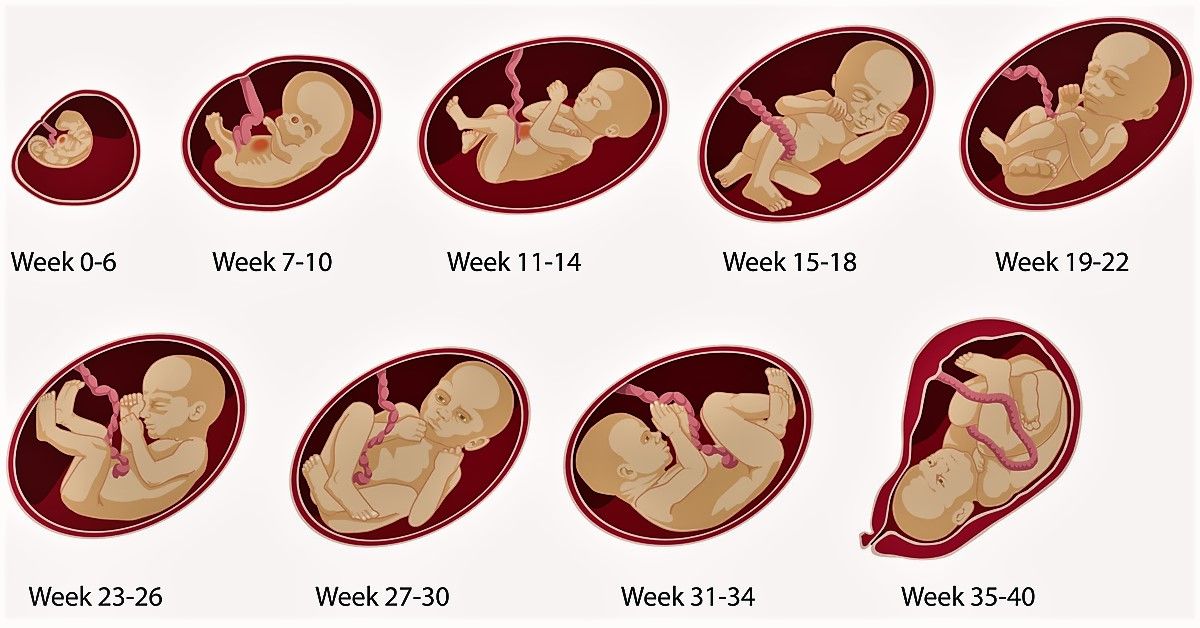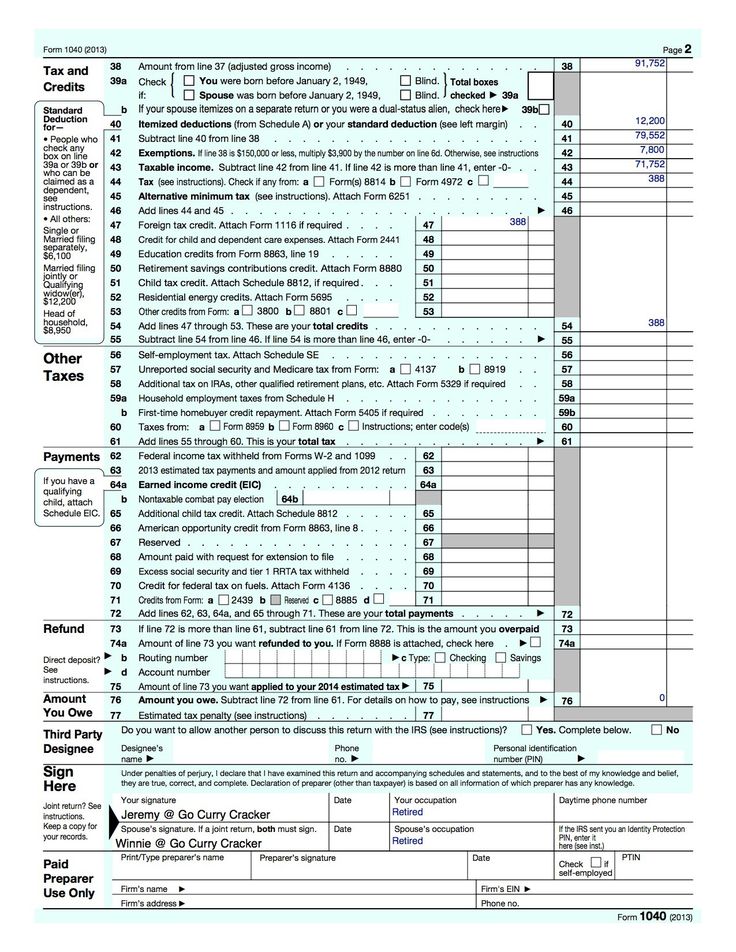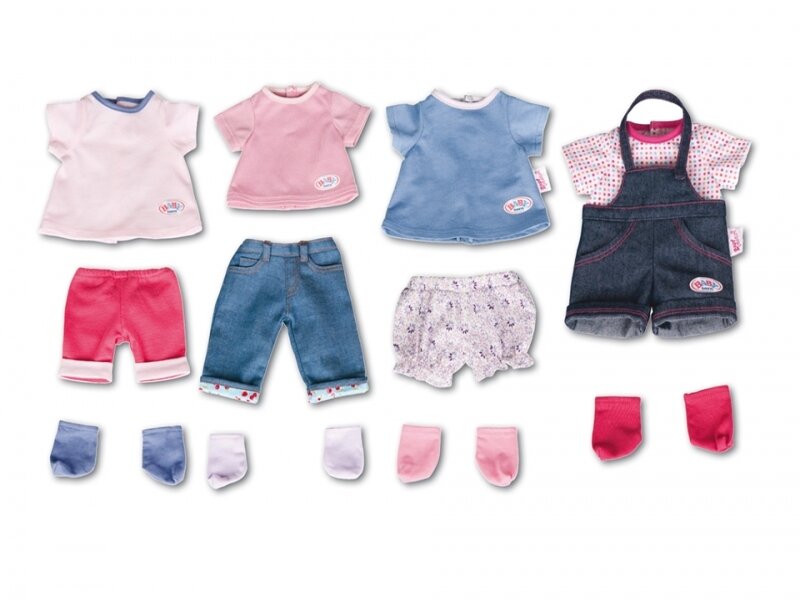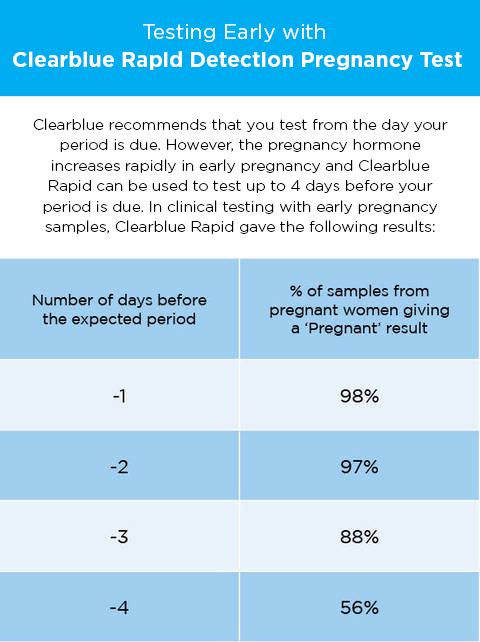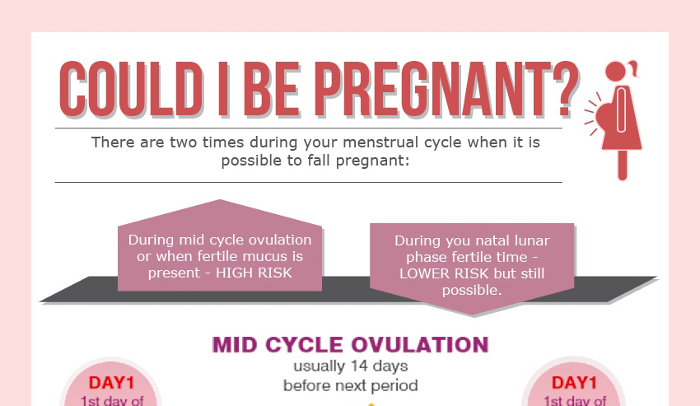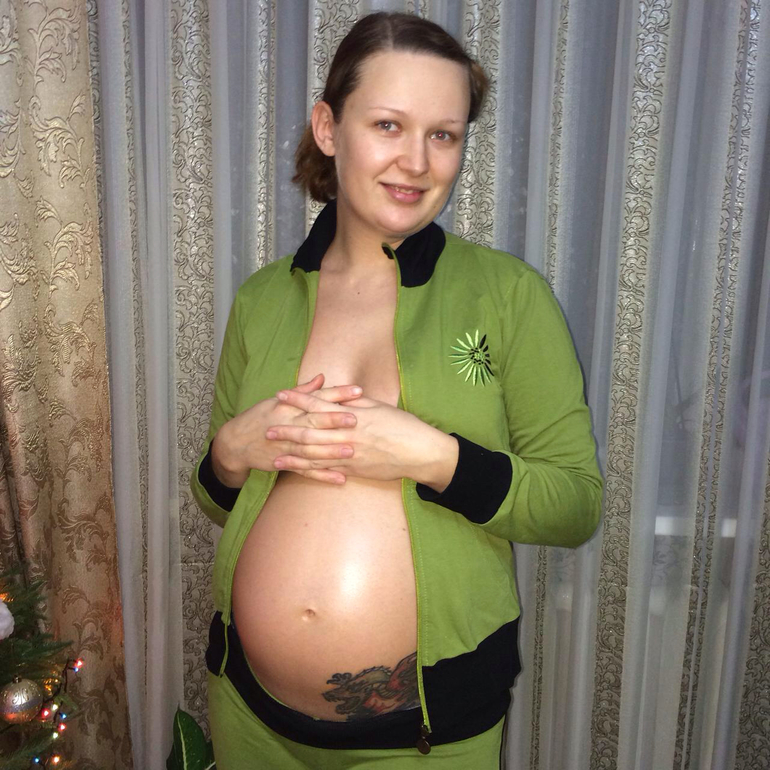Newborn big nose
Is there a Perfect Shape for Your Baby’s Nose?
When you are welcoming a new child into your life, it is a moment of immense joy and love for new parents as well as all other family members. When you hold the little bundle of joy in your arms, it certainly feels like there is no better feeling than being parents of a beautiful, healthy baby.
Children are God's perfect creation and are perfect the way they are. But in a world where looks are given more importance over anything else, it is normal for parents and for families, in general, to be concerned with the look of the newborn. And when it comes to features of the face, one needs to be serious because that is the first thing one notices. So here are a few things one can do to enhance the shape of the nose of their newborn.
What does a baby’s nose look like?A newborn baby is nothing like the one we see on television ads or on large hoardings. Instead, they are small, tiny, and red in colour. The size is so because obviously they are newborns and the colour is so because of the strenuous process of delivery and all the fluid they have inside themselves. But as they grow their body grows and their structure or we can say their shape also develops.
The same is the case with the shape of a baby nose. Just like adults, many parents set irrational standards about how their baby will look. And when it doesn’t turn out their way, most of the time, they get upset. If you are thinking about your baby’s knows, here are some things you should know about.
Process of nose shape formation in a babyThe nose is the first organ in the respiratory system. The formation or we can say the development of a nose in a baby starts from the fourth week of pregnancy and in the tenth week, the cells differentiate into bone, cartilage and muscles. The shape of the nose is due to nasal bone and nasal cartilage. The nasal septum works as a dividing wall, separating the nostrils and dividing the nasal cavity.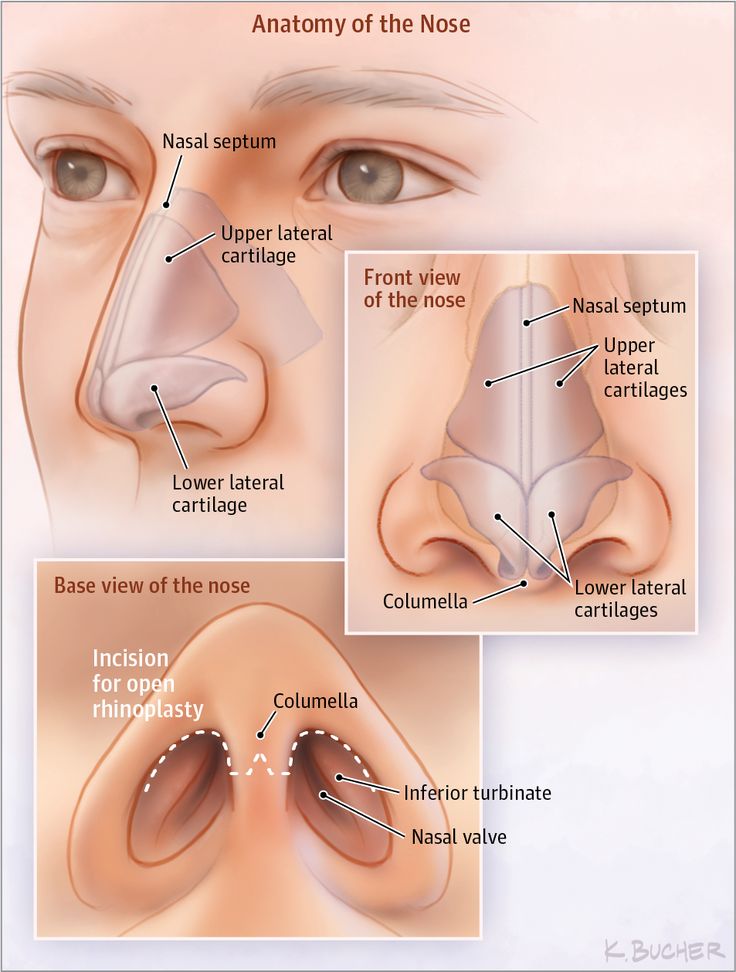
When a newborn comes into the world, its nose is almost ready but not completely developed. It takes a week or sometimes a month for the baby's nasal bridge to fully develop. The shape of the nose changes as one grows and attains its perfect permanent shape in the adolescent years.
How can you change the shape of a baby’s nose?Every new parent wants their baby to be the cutest and loveliest of all. It is also normal for a new mum or a new dad to be worried about their baby's odd features. But don't worry mommies and papas, because as your baby grows its features will also improve. The development in newborns is fast and hence the nose will also improve with time.
In any case, if you are willing to try something, that is you want to know how to improve a baby's nose shape, you can try the following ideas:
-
The best way to improve the shape of a baby's nose is to massage the lower part that is cartilage regularly.
 The upper bony part can not be reshaped as it is a hard structure. But the Lower cartilage part of the nose can improve if massaged regularly and gently. The very common and well-acclaimed technique of nose message is to use your thumb and move upward and downward gently.
The upper bony part can not be reshaped as it is a hard structure. But the Lower cartilage part of the nose can improve if massaged regularly and gently. The very common and well-acclaimed technique of nose message is to use your thumb and move upward and downward gently. -
Use nice baby oil or baby cream for the massage as it will make the movement of the hand smooth and will reduce friction.
-
There are also baby nose shapers available in the market. So one can use them for shaping one's baby's noses. They come in different forms and can be bought easily through online shopping or offline shopping. But while buying keep the comfort of the baby your topmost priority and check the product quality before using it on the baby.
Also, the shape of the nose changes and improves with time and becomes edgier and pointed as the baby grows. So the best thing to do is to wait it out and let the body take its course over time.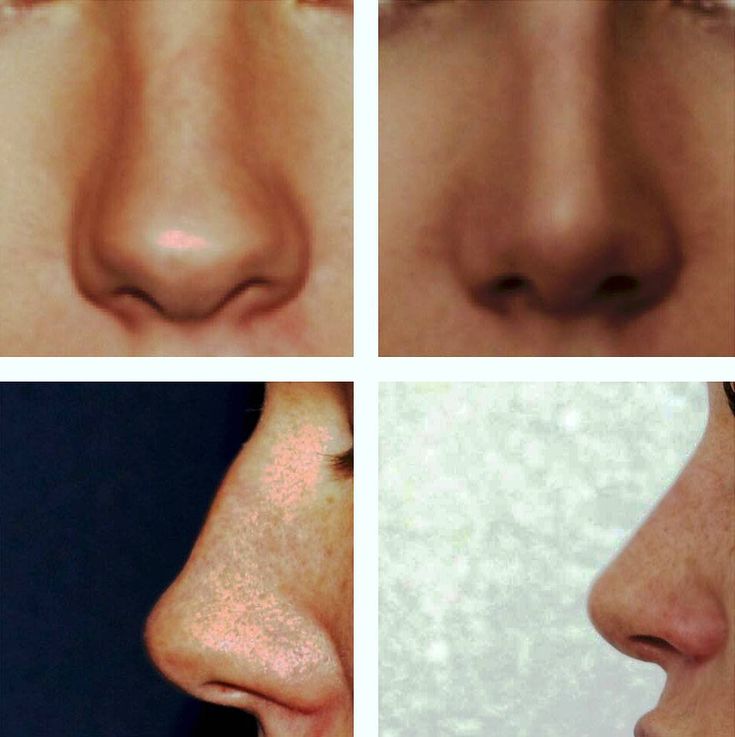
While trying to change the shape of the nose of a baby there are a few things one should refrain from doing. Avoid pinching the nose of the baby. A lot of elders tend to advise the mother to do so saying that it can help. But just don't. The doctors also recommend that it is best avoided. The nose of a baby is very delicate and also in the development phase. Pinching in extreme cases may hinder the proper development of the nasal bridge and can cause damage to the baby's delicate nose and the child may need medical attention. Hence strictly avoid this pinching part.
Also while massaging, be extra careful and gentle with the process. Keep in mind the comfort of the child and that this is not irritating or causing any kind of discomfort to the baby.
Can the shape of a baby’s nose change?The shape of a nose is a genetic characteristic.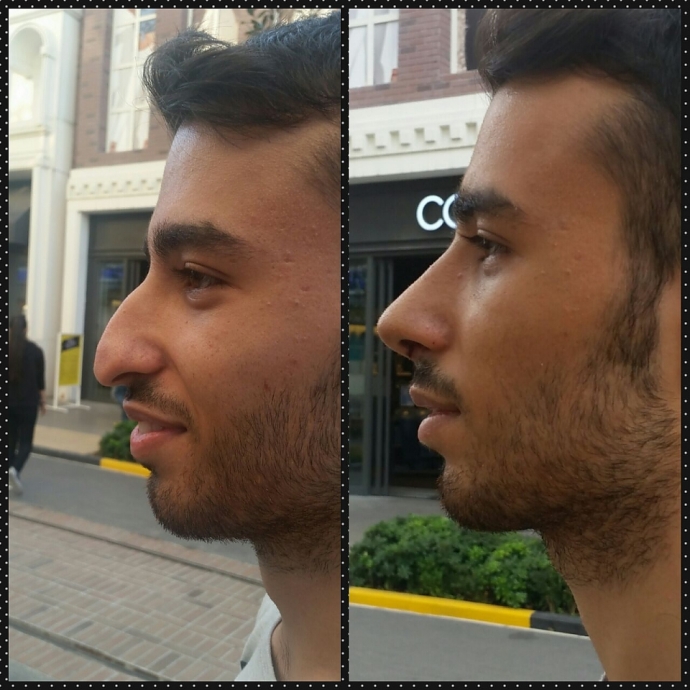 So not a lot can be done but the least we can do is try. Genetic markers are hard to alter or let's say impossible. Also the upper hard part, that is the bone part cannot be changed. But there can be an exception that the bone of a newborn or a baby is not very strong and can be altered a little with daily massaging. The lower part, that is the cartilage, will respond effectively to massaging as the cartilage of a baby is very soft and can be reshaped.
So not a lot can be done but the least we can do is try. Genetic markers are hard to alter or let's say impossible. Also the upper hard part, that is the bone part cannot be changed. But there can be an exception that the bone of a newborn or a baby is not very strong and can be altered a little with daily massaging. The lower part, that is the cartilage, will respond effectively to massaging as the cartilage of a baby is very soft and can be reshaped.
So can a baby’s nose shape change, yes the shape of a baby's nose can be changed to a good extent?
Now, if the shape is very bad and the parents want to improve that odd feature surgery is always an option. One can consult a good doctor and can get the shape altered. The shape also gets deformed during the delivery process. The nose gets deflated or squeezed when the baby passes through the birth canal.
Final ThoughtsLike many new parents, one can be worried about the look of their baby and are concerned about their odd features.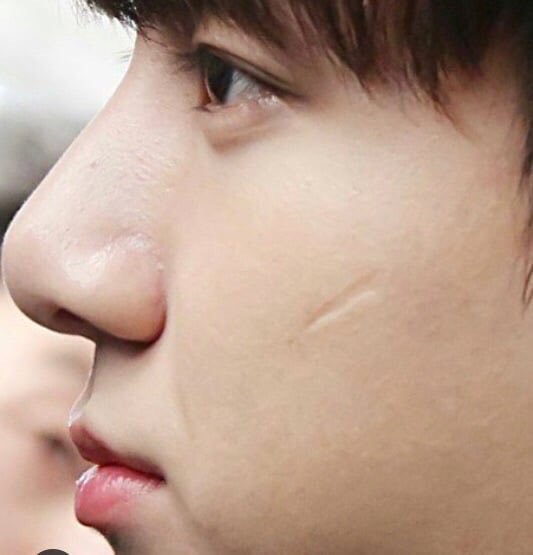 But don't worry dear new parents, the look of a newborn is a very temporary thing. Let the baby grow at its own pace and you will notice the difference in its outlook. They grow very fast in their first year and their features improve. So does the shape of their nose. Just keep massaging them properly and gently and your newborn baby will be the bundle of joy for you.
But don't worry dear new parents, the look of a newborn is a very temporary thing. Let the baby grow at its own pace and you will notice the difference in its outlook. They grow very fast in their first year and their features improve. So does the shape of their nose. Just keep massaging them properly and gently and your newborn baby will be the bundle of joy for you.
One more thing that you should remember is that physical features are not always something to be worried about. If your child grows up and hears you - the parent they trust more than anyone - talk about how their features are imperfect, they will develop the ideas. Make sure you make them think positively about their features and how they look. Try to leave the developing features to time and kids will grow up happy more than anything else!
Frequently Asked Questions-
How can I change the shape of the newborn head?
-
What is the normal weight of a newborn?
-
Are cosmetic surgeries safe for children?
1.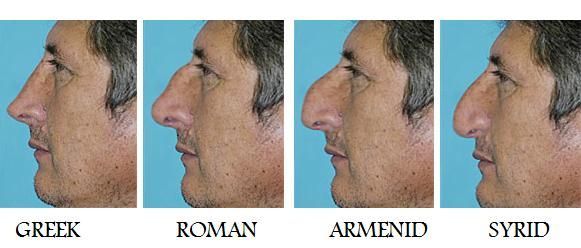 Mullany LC, Darmstadt GL, Khatry SK, Tielsch JM. (2005). Traditional massage of newborns in Nepal: implications for trials of improved practice. NCBI
Mullany LC, Darmstadt GL, Khatry SK, Tielsch JM. (2005). Traditional massage of newborns in Nepal: implications for trials of improved practice. NCBI
Trending Articles
c section recovery | potty training | third trimester of pregnancy | pregnancy women's food
Popular Articles
postpartum eclampsia | reasons for late walking in babies | when to start brushing baby's teeth | obese women
Your Newborn's Appearance - What You Need to Know
Medically reviewed by Drugs.com. Last updated on Apr 2, 2023.
- Care notes
- Ambulatory
- Discharge
- Español
What do I need to know about my newborn's appearance?
Your baby may look different than you expect. Some of your baby's body parts may look a certain way because he or she was in your uterus for many months. As your baby grows, many of these features will change.
What do I need to know about my newborn's head?
- Your newborn's head may not be perfectly round right after birth.
 Labor and delivery may cause your baby's head to have an odd shape. His or her head may have molded into a narrow, long shape to go through your birth canal. It may have a bump on one side. Your baby may have bruising or swelling on his or her head because of the birth process. This is usually normal. Your baby's head should look more round and even in 1 or 2 weeks.
Labor and delivery may cause your baby's head to have an odd shape. His or her head may have molded into a narrow, long shape to go through your birth canal. It may have a bump on one side. Your baby may have bruising or swelling on his or her head because of the birth process. This is usually normal. Your baby's head should look more round and even in 1 or 2 weeks. - Fontanels are soft spots on the top front part and back of your newborn's skull. They are protected by a tough tissue because the bones have not grown together yet. Your baby's brain will grow very quickly during the first year. The purpose of the soft spots is to make room for his or her brain to grow. Soft spots are usually flat, but they may bulge when your baby cries or strains. It is normal to see and feel a pulse beating under a soft spot. You may be more likely to see the pulse if your baby has little hair and is fair-skinned. It is okay to touch and wash your newborn's soft spots.
- Your baby may be born with a little or a lot of hair.
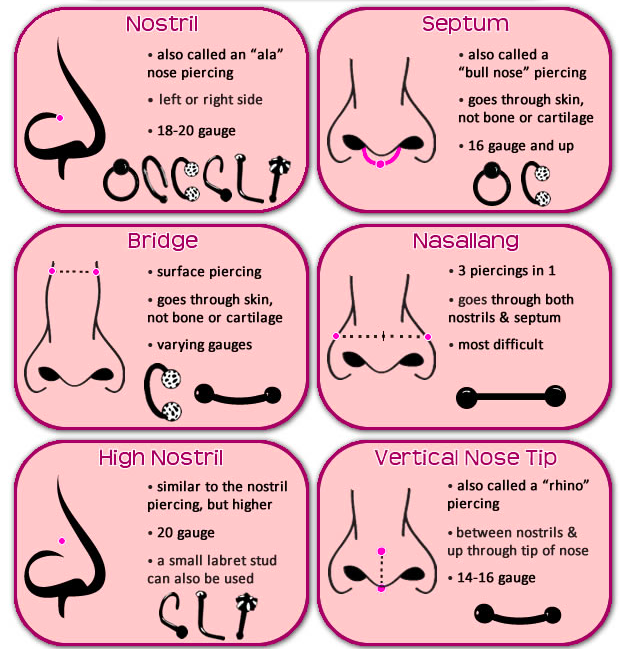 It is common for some of your newborn's hair to fall out. He or she should have grown more hair by 6 months of age. Your baby's hair may change to a different color than the one he or she was born with.
It is common for some of your newborn's hair to fall out. He or she should have grown more hair by 6 months of age. Your baby's hair may change to a different color than the one he or she was born with. - At birth, one or both of your newborn's ears may be folded over. This is because he or she was crowded while growing in the uterus. Ears may stay folded for a short time before unfolding on their own.
What do I need to know about my newborn's eyes?
- Your newborn's eyelids may be puffy. He or she may have blood spots in the white areas of one or both eyes. These are often caused by the pressure on your newborn's face during delivery. Eye medicines that your baby needs after birth to prevent infections may cause your newborn's eyes to look red. The swelling and redness in your newborn's eyes will usually go away in 3 days. It may take up to 3 weeks before blood spots in your newborn's eyes are gone.
- Your newborn's eye color may change during the first year.
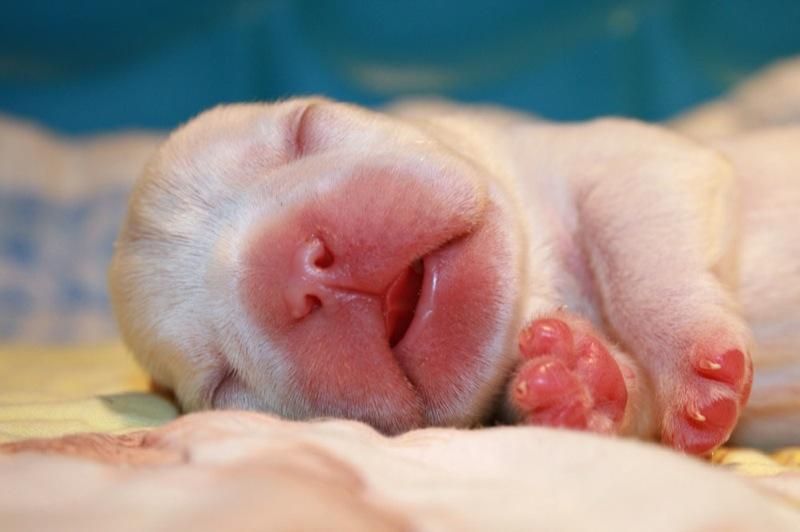 You may need to keep the lights dim. If the lights are too bright, your baby may not want to open his or her eyes.
You may need to keep the lights dim. If the lights are too bright, your baby may not want to open his or her eyes. - A newborn baby's eyes usually make just enough tears to keep his or her eyes wet. By 7 to 8 months old, your baby's eyes will develop so they can make more tears. Tears drain into small ducts at the inside corners of each eye. A blocked tear duct is common in newborns. A possible sign of a blocked tear duct is a yellow sticky discharge in one or both eyes. Your newborn's pediatrician may show you how to massage the tear ducts to unplug them.
What do I need to know about my newborn's nose?
- Your newborn's nose may be pushed in or flat because of the tight squeeze during labor and delivery. It may take a week or longer before his or her nose looks more normal.
- It may seem like your baby does not breathe regularly. He or she may take short breaths and then hold his or her breath for a few seconds. Your baby may then take a deep breath.
This irregular breathing is common during the first weeks of life. Irregular breathing is also more common in premature babies. By the end of the first month, your baby's breathing should be more regular.
- Babies also make many different noises when breathing, such as gurgling or snorting. Most of the noises are caused by air passing through small breathing passages. These sounds are normal and will go away as your baby grows.
What do I need to know about my newborn's mouth?
- When you look inside your newborn's mouth, you may see small white bumps on his or her gums. These bumps are usually fluid-filled sacs called cysts. They will soon go away on their own. You may also see yellow-white spots on the roof of his or her mouth. They will also go away without care.
- Your baby may get a lip callus (thickened skin) on his or her upper lip during the first month. It is caused by sucking and should go away within your baby's first year. This callus does not bother your baby, so you do not need to remove it.
What do I need to know about my newborn's skin?
At birth, your newborn's skin may be covered with a waxy coating called vernix. As the vernix comes off and the skin dries, your newborn's skin will peel. Babies who are born after their due date may have a large amount of skin peeling. This is normal. Peeling does not mean that your newborn's skin is too dry. You do not need to put lotions or oils on your newborn's skin to stop the peeling or to treat rashes. At birth or during his or her first few months, your baby may have any of the following:
- Erythema toxicum is a red rash that may appear anywhere on your newborn's body except the soles of the feet and palms of the hands. The rash may appear within 3 days after birth. No treatment is needed for this rash. It usually goes away in 1 to 2 weeks.
- Milia are small white or yellow bumps that may appear on your newborn's face. Milia are caused by blocked skin pores. Many milia may break out across your newborn's nose, cheeks, chin, and forehead.
Do not squeeze or scrub milia. Creams or ointments may make milia worse. When your baby is 1 to 2 months old, his or her skin pores will begin to open. When this happens, the milia will go away.
- Newborn acne may appear when your baby is 3 to 5 weeks old. Your newborn's cheeks may feel rough and may be covered with a red, oily rash. Wash your newborn's face with warm water. Do not use baby oil, creams, ointments, or other products. These will only make the rash worse. Keep your newborn's fingernails short to keep him or her from scratching his or her cheeks. No treatment will clear up newborn acne. Like milia, newborn acne should go away when skin pores begin to open.
- Scrapes or bruises are common during the birth process. If forceps were used to deliver your baby, they may leave marks on his or her face or head. Your baby may have bumps and bruises from going through the birth canal without forceps. A fetal monitor may also have left marks on your newborn's scalp.
Scrapes and bruises should be gone within 2 weeks. Lumps and bumps, especially from forceps, may take up to 2 months to go away.
- Lanugo may cover your newborn's shoulders and back. Lanugo is a fine coating of soft hair. It can be light or dark. This hair should rub or fall off your baby within the first month. Lanugo is more common in premature babies.
What do I need to know about birthmarks?
It is common for a newborn's skin to have birthmarks. Birthmarks come in different sizes, shapes, and colors. Some birthmarks shrink or fade with time. Other birthmarks may stay on your baby's skin for his or her entire life. Ask your newborn's healthcare provider to check birthmarks you have questions about. Your baby may have any of the following:
- Café au lait spots are flat skin patches that are light brown or tan. They may be found anywhere on your newborn's body. The spots may get smaller as he or she grows.
- Moles are dark brown or black.
They may be on your newborn's skin when he or she is born, or they may form later. Most moles are harmless and do not need to be removed.
- Mongolian spots are commonly seen on the buttocks, back, or legs. These spots may be green, blue, or gray and look like bruises. Mongolian spots are harmless, and usually go away by the time your child is school-aged.
- Port wine stains are large, flat birthmarks that are pink, red, or purple. A port wine stain is caused by too many blood vessels under the skin. A port wine stain may fade in time, but it will not go away without surgery.
- A stork bite is a common birthmark, especially on light-skinned babies. Stork bites are flat, irregular patches that may be light or dark pink. Stork bites can usually be seen on the eyelids, lower forehead, or top of a newborn's nose. They may also be found on the back of a newborn's head or neck. Most stork bites fade and go away by the first birthday.
- A strawberry hemangioma is a rough, raised, red bump caused by a group of blood vessels near the surface of the skin.
Right after birth, it may be pale or white, and may turn red later. It may get larger during the first months of a baby's life, then shrink and go away.
What do I need to know about my newborn's breasts?
Your newborn boy or girl may have swollen breasts after birth for a few weeks. This is caused by hormones that are passed to your newborn before birth. Your newborn's breasts may be swollen longer if he or she is being breastfed. This is because hormones are passed through breast milk. Your newborn's breasts may also have a milky discharge. Do not squeeze your newborn's breasts. This will not stop the swelling and could cause an infection.
What do I need to know about my newborn's genitalia?
- Female: A girl's external genitalia may look swollen and red. Your baby girl may also have a clear, white, pink, or blood-colored discharge from her vagina. Hormones passed from mother to baby before birth cause this. This discharge should go away within 1 to 4 weeks.
- Male:
- The rounded end of your boy's penis is called the glans. The foreskin is the skin that covers the glans. Right after birth, your newborn's glans and foreskin are attached. This is normal. Do not try to pull back the foreskin. With time, the foreskin will slowly start to come apart from the glans. If your baby had a circumcision, ask his healthcare provider how to care for it.
- It is common for a baby boy to have an erection of his penis. He may have an erection during diaper changes, when breastfeeding, or when you are washing him. He may also have an erection when his diaper rubs against his penis.
What do I need to know about my newborn's toes and fingers?
Your newborn's fingernails are soft, and they will grow quickly. You may need to trim them with baby nail clippers 1 or 2 times each week. Be careful not to cut too closely to his or her skin because you may cut the skin and cause bleeding. It may be easier to cut the fingernails when he or she is asleep. Your newborn's toenails may grow much slower. They may be soft and deeply set into each toe. You will not need to trim them as often.
When should I contact my newborn's pediatrician?
- Your newborn has a fever.
- Your newborn's eyes are red, swollen, or have a yellow sticky discharge.
- Your newborn has redness, discharge, or swelling from the umbilical cord.
- Your newborn boy's penis is red, swollen, or draining pus after circumcision.
- Your newborn is not waking up on his or her own for feedings. He or she seems too tired to eat or is not interested in feedings.
- Your newborn's abdomen is very hard and swollen, even when he or she is calm and resting.
- Your newborn coughs often during the day or chokes often during each feeding.
- Your newborn is very fussy, crying more than he or she normally does, and you cannot calm him or her down.
- Your newborn has a rash that gets worse or his or her skin turns yellow.
- You have questions or concerns about your newborn's condition or care.
Care Agreement
You have the right to help plan your baby's care. Learn about your baby's health condition and how it may be treated. Discuss treatment options with your baby's healthcare providers to decide what care you want for your baby. The above information is an educational aid only. It is not intended as medical advice for individual conditions or treatments. Talk to your doctor, nurse or pharmacist before following any medical regimen to see if it is safe and effective for you.
© Copyright Merative 2023 Information is for End User's use only and may not be sold, redistributed or otherwise used for commercial purposes.
Further information
Always consult your healthcare provider to ensure the information displayed on this page applies to your personal circumstances.
Medical Disclaimer
Is it always necessary to care for the nasal mucosa of a newborn and how to do it
Babies of the first year of life often have problems with nasal breathing, especially in the off-season and in winter. This may be due not only to an increase in the incidence of respiratory infections, but also to the anatomical features of the respiratory system of newborns and environmental conditions.
Share:
Features of the respiratory organs of infants
Newborns breathe more frequently than adults, mainly through the nose, because breathing through the mouth is difficult due to the fact that the large tongue pushes epiglottis. Another feature is that the nasal passages in children are narrow, and the mucous membrane of the nose is very delicate and abundantly supplied with blood. As a consequence, at the appearance of even a slight inflammation, breathing through the nose is difficult. In addition, children of the first months of life often experience a physiological runny nose, when it increases the amount of nasal mucus produced. This is a normal phenomenon, adaptation of the mucosa nose to environmental conditions.
Influence of external conditions
In most rooms with central heating or air conditioning, air humidity is reduced. According to some reports, in heated rooms it does not exceed 20-25%. But a normal indicator, “comfortable” for the mucous membrane, is 40-60%! In the room where the baby sleeps, the humidity should be at least 50%.
Inhalation of dry air contributes to overdrying of the nasal mucosa, which is accompanied by crusting in the nose, itching, nasal congestion, irritation and discomfort. In addition to unpleasant symptoms, dryness of the mucous membrane negatively affects its protective functions. Therefore, the mucous membrane of babies constantly needs special daily care.
How to take care of your baby's nose
In order for the child to breathe freely and not experience discomfort, it is necessary to support optimal indoor climate: humidify the air (for this you can use humidifier), ventilate more often. It is also important to regularly moisturize the mucous membrane itself. and free the nasal passages from excess mucus and crusts. The same goes for the situation when the child is sick (read our article on the treatment of the common cold in infants).
What you need to know about daily nasal hygiene:
- It is better to clean the nose in the morning, after sleep.
- It is impossible to use cotton swabs for this purpose - they can injure the delicate mucous membrane.
- Indispensable products for daily hygiene - nasal aspirator Aqua Maris ® and drops Aqua Maris ® For children. Using them is easy and simple: just drip 1-2 drops into each nasal passage, and then remove the remaining liquid along with separated with an aspirator.
Aqua Maris ® For children — drops based on natural sea water. They moisturize the mucous membrane, soften the crusts and protect the mucous membrane from respiratory infections, contribute to the removal of foreign particles from the nasal cavity and strengthen local immunity. Drops can be used in children from birth, as often and as long as necessary. Aspirator Aqua Maris ® has anatomically shaped extra soft tips that allow you to gently and carefully, without injuring the mucous membrane, clean the child's nose.
Aqua Maris ® For children
Drops based on natural water of the Adriatic Sea for daily care for the nasal cavity and prevention of the common cold in children, starting from the first days of life.
More about the drug
Aqua Maris ® Aspirator
An indispensable hygiene item for children who do not know how to blow their nose and clean your nose.
More about the drug
How a newborn baby changes - articles from the specialists of the clinic "Mother and Child"
Babin Evgeny Alexandrovich
Pediatric surgeon, Orthopedic traumatologist, Pediatric orthopedic surgeon
Mother and Child Clinic South-West, Mother and Child Clinic Kuntsevo,
The baby was born, and we expect him to look like beautiful and pink babies from advertising pictures. And he is some kind of red, then suddenly turned yellow, on the skin or a rash, or peeling. In addition, the weight is still unstable, the chair is incomprehensible - is the child healthy? Healthy, and all these changes are the so-called transient (transitional) states. Where do they come from, what do they look like and what to do with it all?
The child sat in the mother's stomach for nine months, swam in the water and received oxygen through the placenta. As soon as the baby was born, his world immediately became different: instead of water around him, air, the ambient temperature dropped from 36.6-37 ° C to 22-25 ° C, plus gravity, sounds, smells, bright light. And now you have to breathe (lungs) yourself, eat differently, and then also remove metabolic products. And just like that, it is not easy for a newborn to immediately switch from one lifestyle to another, it takes time. That is why, from the point of view of physiology, in the first month of life, “something happens all the time” with children, and much more often and brighter than in later life. These are the transitory (transitional, boundary) states. All of them surprise and even frighten young parents, especially since transition states appear and disappear very quickly. But for newborns, they are completely natural. What moms and dads see most often are transitional states of skin, stool, weight, plus or minus a couple more conditions.
How the skin changes
The child was born, and we see that he is all sort of bluish-purple, and then his skin color immediately turns red. On the second day after birth, the baby "blushes" the brightest. Doctors call this redness "erythema simple" and it appears due to the fact that the skin adapts to a new environment. Then the child's skin turns pale and by the end of the first week of life it becomes the pale pink color we are used to.
But that is not all. On the third or fifth day of life, the baby's skin may begin to peel off, especially on the abdomen and chest. What is this? Does the child lack vitamins, something with nutrition, is the air too dry in the house? No, this is also a transitional state - physiological peeling, and it is also associated with the fact that the skin is adapting to a new life. The skin flakes for about a week, and then everything goes away. You don't need to do anything with it. Of course, you can treat the skin with various softening lotions and creams, but there will be no significant effect from them. Very soon, the baby's skin will become smooth and soft on its own.
Most of all, parents are afraid of a rash on the baby's skin, which does not often, but sometimes still appears in the first week of life. This is the so-called toxic erythema - spots with grayish-yellow seals in the center. The rash is most often located on the extensor surfaces of the arms and legs around the joints, on the chest. Less often, such spots can be on the whole body (except for the palms, feet and mucous membranes). “Maybe it’s chickenpox, rubella, or some other disease?” parents are afraid. No, this is a kind of reaction of the skin of a newly born baby to its environment, especially to hypothermia, overheating, contact with clothes, food. Within one to three days, new spots may appear, but more often two or three days after the onset, they all disappear without a trace. At the same time, the child's well-being is not disturbed, the body temperature is normal and he does not need any medication. The only thing is that you need to take care of the bubbles on the skin: for example, gently blot them after bathing. And you also need to make sure that the bubbles do not rub and they do not burst (otherwise an infection may join them).
Physiological jaundice
The changes that are visible on the skin do not end there. Very often (in 60-70% of children) on the second or third day of life, the skin turns yellow, the maximum of yellowness occurs on the third or fourth day, and by the end of the first week it disappears. This is how physiological jaundice of a newborn is manifested - a condition in which the amount of bile pigment, bilirubin, increases in a child. In some children, jaundice is similar to a light tan (parents may not notice it), while in others, the skin will turn bright yellow. Very quickly, the level of bilirubin returns to normal and the skin color becomes normal again. If jaundice is mild and passes quickly, then no additional treatment is needed. But if jaundice does not disappear or the skin color is intense yellow, you should consult a doctor.
Weight loss
Do you think the baby will immediately be born well-fed, with folds and cute roundness? No, right after birth, this is still far away. In the first days of life, an already not too well-fed newborn will lose even more weight. Such weight loss is a natural process, the so-called physiological weight loss. Weight is reduced because immediately after birth, the baby loses some of the water through the skin, its umbilical cord dries out, meconium (the first feces) and urine are excreted, and also because the baby still eats a small amount of milk. Maximum weight loss usually occurs by the third or fifth day and is normally no more than 6-8% of birth weight. At this time, mother and baby are usually discharged from the hospital, but there is no need to worry. By the seventh or tenth day of life, a healthy baby will restore its previous parameters.
chair changes
On the first or second day, all newborns pass the original stool (meconium): it is thick, viscous and dark green in color. Time passes, the baby begins to receive colostrum, and on the third or fourth day of life, a transitional stool appears. Now areas of dark green color alternate with greenish and yellow ones, and some lumps, mucus are also visible in the stool. It all looks like some kind of intestinal disorder, but it's not. It's just that the gastrointestinal tract is moving to a new job, now it's ready to digest food. By the end of the first week of life, the stool in most children is yellow, similar to gruel, and it will continue to be so.
Warm-cold
A typical fear of all grandmothers is that the child is freezing! Yes, indeed, in newborns, the body temperature regulation processes are still imperfect, so babies easily cool down, but they also overheat just as easily. For example, if a newborn is dressed too warmly or placed next to a heating battery, he will quickly overheat, even if this is the usual temperature in the room. At the same time, the child easily loses heat when he is undressed for a long time or he lies in wet clothes. Therefore, in the room where there is a newborn, the air temperature should be adequate - 20-22 ° C. And if she rises higher, and the child is warmly dressed, then this will also not be good.
Sometimes, very rarely (in 1% of newborns), body temperature on the third or fifth day may temporarily rise to 38–39 °C. There are no other symptoms of the disease, the body temperature quickly returns to normal, but the parents have time to get scared. It’s difficult to figure out what it is - temporary hyperthermia or still a disease - it’s difficult, so it’s better to call a doctor.
Hormonal crisis
An uncommon occurrence, but it also occurs occasionally. In some children, on the third or fourth day of life, the mammary glands become engorged (in both girls and boys). They increase as much as possible by the seventh or eighth day, and liquid discharge may even appear from them. Some girls have very little bloody discharge from the vagina for a very short time. This is the so-called hormonal crisis - it occurs due to the action of maternal hormones - estrogens (they penetrate through the placenta during childbirth). At the peak of estrogen action, the signs of a hormonal crisis are maximum, then the hormones are removed from the body and the symptoms gradually disappear. Therefore, you don’t need to apply a cabbage leaf to your chest, make compresses with camphor or something else: everything will pass by itself.
Usually, all these transitional states are pronounced in the first week of life, less often, but it happens that they drag on for up to three to four weeks. One more thing - it is not necessary that the child will show all transitional states, but almost everyone has physiological weight loss and transitional stools. And many of the transitional states are completely invisible to parents, but they also exist, they can simply be identified only by laboratory methods.
So we are not in a hurry to be frightened, noticing that the child’s skin suddenly began to peel off or he turned slightly yellow. We remember that he must adapt to a new life, that in the first time after birth, the baby has the right to some changes. Especially if, with all this, the baby is cheerful, calm and eats well. Well, if you are still somehow anxious, ask your pediatrician questions. He will definitely be able to put everything in its place.
Inset
The maximum weight loss in a newborn usually occurs by the third or fifth day and normally amounts to no more than 6-8% of body weight at birth.
From the point of view of physiology, in the first month of life, “something happens all the time” with children, and much more often and brighter than in later life. These are the transitory (transitional, boundary) states.
In infants, the body temperature regulation processes are still imperfect, so they easily become overcooled and overheated.
